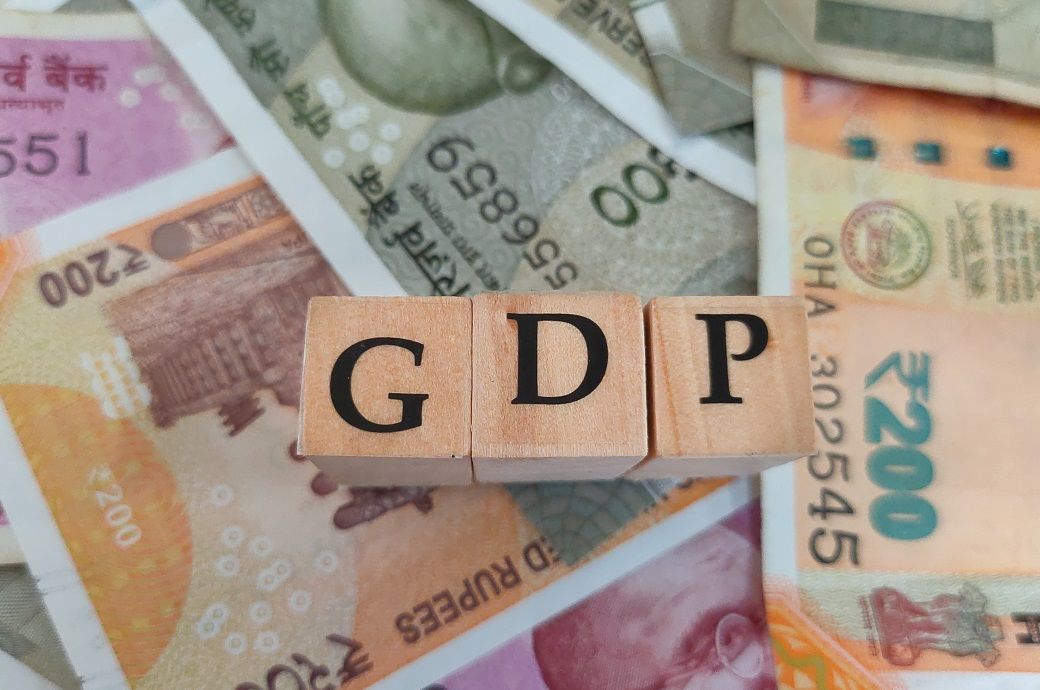

A complex interplay of geopolitical events, stubbornly high inflation—and sharp rate hikes to counter that—have turned the global environment gloomier, as per CRISIL.
On the domestic front, the peak impact of the rate hikes—250 basis points since May 2022, which has pushed interest rates above pre-COVID-19 levels—will play out in fiscal 2024.
Consumer inflation is expected to moderate to 5 per cent on average in fiscal 2024 from 6.8 per cent in fiscal 2023, owing to high-base effect and some softening of crude prices.
The risks to inflation are tilted upward, given the ongoing heat wave and the World Meteorological Organization’s prediction that an El Nino warming event is likely over the next couple of months.
Capital investments, at a higher scale by the government and expected fresh ones by the private sector, will drive medium-term growth, while digitalisation and efficiency-enhancing reforms will raise the contribution of productivity.
CRISIL expects the economy to continue reaping efficiency gains from structural reforms such as the Goods and Services Tax and the Insolvency and Bankruptcy Code.
Better physical infrastructure will improve connectivity and lower logistics costs for industries, while digital infrastructure will bring efficiency gains by serving as a platform for innovation and efficient payments systems.
As for India Inc, revenue growth is expected to touch double digits in fiscal 2024 despite a global slowdown and interest rate hikes, an analysis of 748 listed companies from fiscal 2011 onwards shows. This will be driven by a 10-12 per cent growth in revenue for the non-commodity sectors.
The revenue increase in fiscal 2023 has been led by an estimated 18-20 per cent on-year increase in non-commodity segments.
In fiscal 2024, margin expansion is projected to be broad-based, with margin improvements across sectors as cooling commodity prices reduce costs, while revenue gets a lift from volume expansion.
While government policies will continue to push industrial capex and new-age opportunities, infrastructure spending will drive 12-16 per cent growth in overall capex next fiscal. This is to achieve nearly 75 per cent of the initial targets set under the National Infrastructure Pipeline by fiscal 2025.
Capacity utilisation across sectors will top decadal averages despite modest growth in the domestic and export markets. But many sectors will show below-peak utilisation, which will limit a sharp uptick in investments in legacy assets.
Merchandise exports are expected to grow a moderate 2-4 per cent in fiscal 2024 after an estimated 5-7 per cent increase in fiscal 2023, with the PLI scheme supporting demand owing to global supply chain diversification and ‘friend-shoring’ strategies.
“India’s medium-term growth prospects are healthier. Over the next five fiscals, we expect GDP to grow at 6.8 per cent annually, driven by capital and productivity increases. What is also good to see is the increasing sustainability footprint of capex. Down the road, the impact of climate risk mitigation will be felt across revenue, commodity prices, export markets, and capital spending,” said Amish Mehta, managing director and CEO of CRISIL.
Fibre2Fashion News Desk (DP)